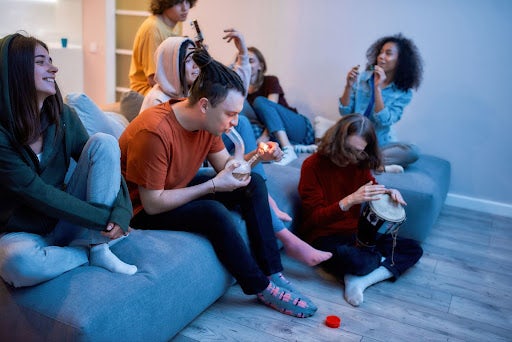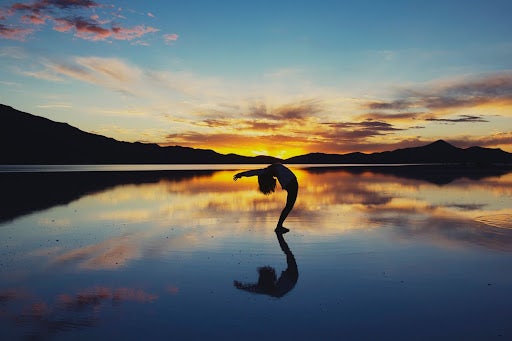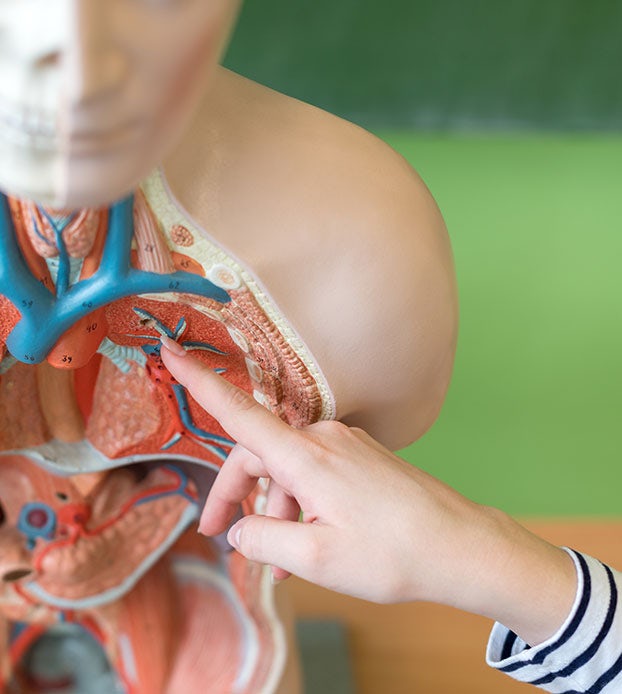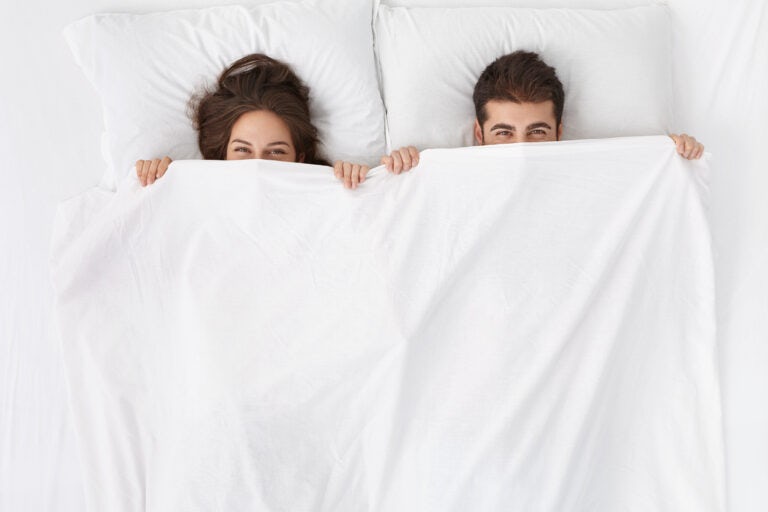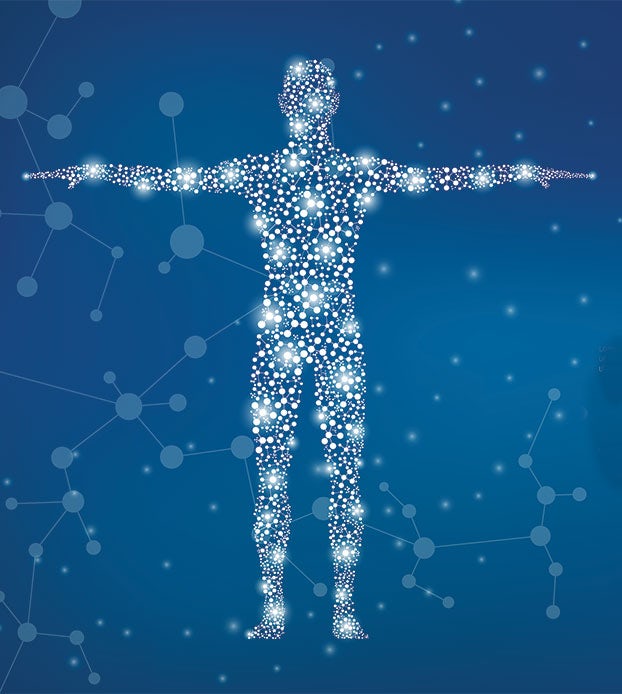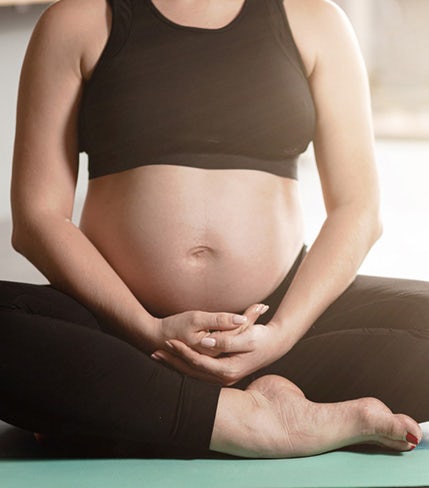For cannabis users, the where, how, and with whom can sometimes make all the difference.
For instance, you may have an eighth of truly incredible cannabis flower in your pocket, but with the wrong people, the wrong setting, and the wrong overall vibe, that weed might as well be oregano.
“Set and setting” is key not only in determining how enjoyable a given cannabis experience is, but can also influence a user’s potential for abuse of the substance.
What does set and setting mean?
The principles of set and setting have existed for centuries and were even used hundreds of years ago to describe using hashish. More contemporarily, however, the term took hold during research into psychedelic drugs in the 1960s, and was made famous by Harvard professor Timothy Leary and psychedelics pioneer of “turn on, tune in, drop out” fame.
In short, “set” refers to one’s mindset, and “setting” to your physical and social surroundings.
As one academic paper put it, set and setting refers to the “the psychological, social, and cultural parameters which shape the response to psychedelic drugs,” including hash. The term holds that “the character of a psychedelic experience is determined first and foremost by the user’s character, expectations and intentions (Set), as well as by the social and physical surrounding in which the drug experience takes place (Setting).”
Think of it as something like the “nature vs nurture” of drugs. The question asks how much are the effects of a substance purely the result of how it affects the body physically and how much is the effect derived from how, where, and with whom the user consumed it — and what their inventions and even mood are? How much can these effects be predicted, and how much do they depend on the society and culture in which the drug is consumed?
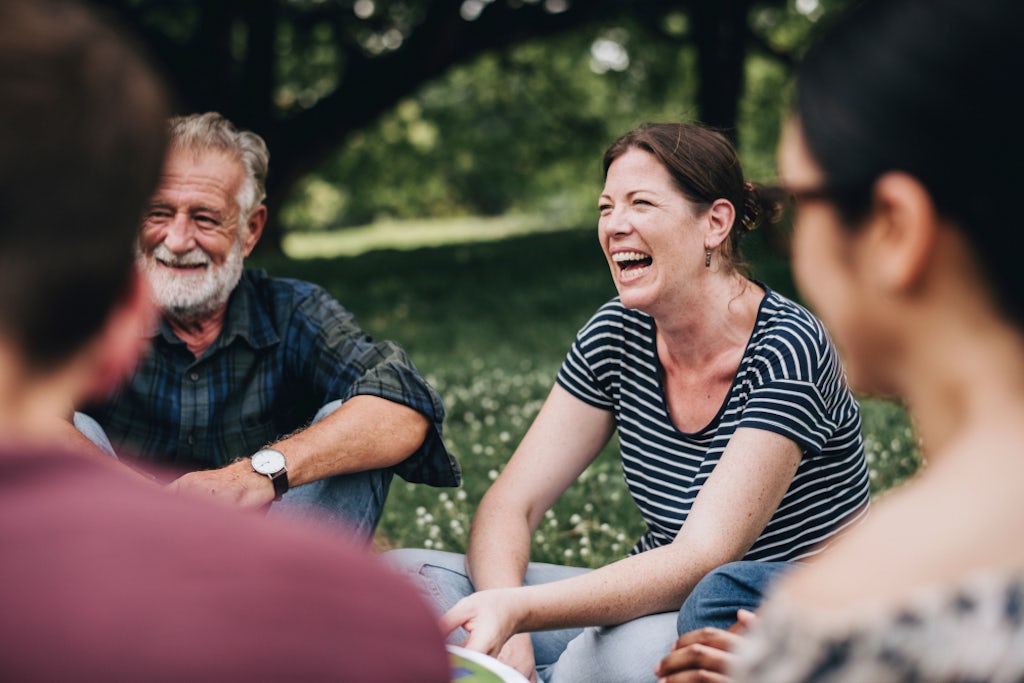
Looking at the “extra-pharmacological variables,” psychedelic scholar Ido Hartogsohn wrote, is key to “developing effective strategies for harm reductions, and a more effective drug policy which would reduce drugs harms and allow the emergence of more beneficial patterns of drug use.”
And of course, these principles are meant to apply equally to cannabis.
How set and setting can affect marijuana use
Just like anyone should want their mind and body to be in the right place before taking psychedelics, the same is true with cannabis.
This is the case for both medical and recreational cannabis users. For medical users, consuming cannabis in a supportive, positive environment can potentially make it more likely to help ease the symptoms of whichever health condition they are treating. Also, replicating the same controlled environment in subsequent sessions will provide medical cannabis patients (and recreational users) a better chance of comparing and determining which specific cannabis products work best for them — and recreating that experience.
What factors qualify as set and setting?
Set and setting refer to the person in question’s mental and physical condition at the time of the session (the “set”) and the environment (“setting”) in which they consume the substance.
Set
For “set” this can be whether or not you’re highly stressed or feeling anxious when you consume cannabis, or if you’re free of any responsibilities taking up bandwidth in your mind and stifling your ability to unwind. Mindset can also be if you’re feeling fatigued, ill, or the opposite, and if your body is telling you it’s time to stay up late and make it a long night, or just time to hit the sack.

Setting
Setting is perhaps a bit more straightforward — it entails the environment in which you consume and whether or not it is conducive to a positive experience. A negative setting could be one in which the people you’re with make you anxious or annoyed, or where their level of tolerance and their intent for the cannabis session is completely different from yours. It could be a setting in which you feel unsafe, unable to fully relax and enjoy the experience.
The setting can either improve the sensation given by cannabis products or make what could be an otherwise enjoyable experience a negative one. For instance, you may have a cannabis product that creates an energetic, uplifting high, that could be great for a night out with friends, or an afternoon at an outdoors concert. But alone on a stressful evening or hanging out with acquaintances you might not be too fond of could make that high-energy cannabis high more stress than it’s worth.
Can the wrong set and setting make paranoia or anxiety more likely?
One of the more well known short-term side effects of cannabis is paranoia. It can cause what could be an otherwise pleasant high to descend into fear, anxiety, and for some people, even panic attacks. For many cannabis users, this can manifest itself in the form of getting very high and going to the store and hearing a voice inside whispering over and over “everyone knows you’re high.”
A 2015 study found that THC “triggers paranoid thoughts in vulnerable people,” but also asserted that “the most likely mechanism of action causing paranoia was the generation of negative affect and anomalous experiences.”
This shouldn’t come as too much of a surprise for anyone who has consumed marijuana for some time, including in a variety of social settings. Using marijuana with people who even in a sober state would make you uneasy, or who have an overly intense way about them, can create a negative experience.
If you’re someone who often gets introverted or introspective on cannabis, then using it in a social setting — in particular with people you don’t know well — could worsen that effect. Or if you find yourself in a situation with people who you don’t want to know you use cannabis, such as co-workers or your in-laws, it could spark paranoia, embarrassment, or a desire to find a corner to hide in.
Cannabis-induced anxiety and paranoia can also be affected by how safe you feel. A classic example could be when a police car pulls up behind you when you’ve consumed cannabis (hopefully you’re not the driver), causing your heart rate to speed up as the panic rises in your throat.

Cannabis patients and recreational users should be mindful of their triggers for bad experiences and focus on the settings that put them at ease. If you have a favorite spot in your house where you like to use cannabis, an album that even after the 10k spin still puts a smile on your face, then try to recreate these settings when you can. If you have a friend who you like to spend time with when you just picked up a new bag of weed, then try to focus on these people and environments when your aim is to optimize your high.
You should also be mindful of your own mental and physical health. For instance, if when you’re feeling anxious or depressed you find that marijuana worsens the condition, then consider laying off till you feel better. If you’re worried about a big test or a job interview later this week and know that getting high may ramp up your stress a couple notches, then maybe it’s worth waiting till the weekend.
But set and setting may not only affect how positive the effect of cannabis or any drug is, they can also play a big role in how the user consumes the drug, the safety of their consumption, and the likelihood of abuse.
How set and setting can affect cannabis abuse
If we zoom out and take a societal look at cannabis use, there is evidence that set and setting can play a big role in how people use cannabis, and how likely they may be to abuse it. As cannabis enters the mainstream, this evidence is worth careful consideration.
A study published in the International Journal of Drug Policy in 2015 examined a series of interviews with Baby Boomer cannabis users in the San Francisco Bay Area and found that they made harm reduction choices partly based on “why, when, where, and with whom to use.”
The study found that participants “followed rituals or cultural practices, characterized by sanctions that helped define ‘normal’ or ‘acceptable’ cannabis use,” and concluded that these cultural practices “may prove to be more effective than formal legal prohibition in reducing cannabis related harms.”
In other words, people have a tendency to observe how others in their social circle consume cannabis, and to alter their own behavior accordingly.
Meanwhile, a 1975 study from the American Journal of Drug Abuse found a direct link between social setting and drug and alcohol use, saying that controlled drug use patterns “are primarily supported by the development of social drug-using situations in which sanctions and rituals permit use while condemning abuse.”
Setting your intentions with cannabis
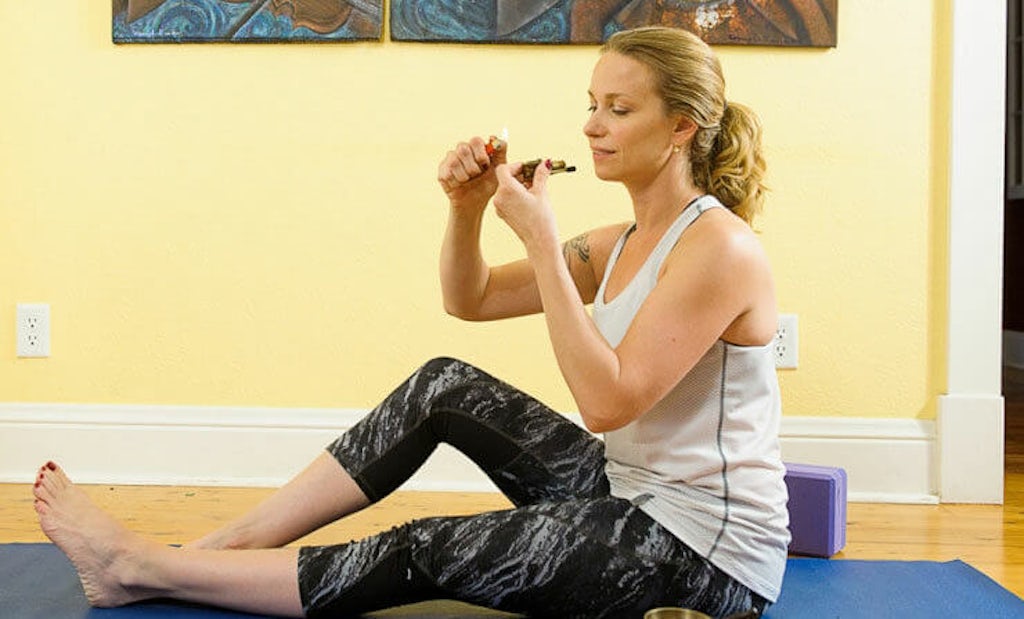
Set and setting can also entail deciding on the intentions of your cannabis use as part of a mindful approach to consumption.
How does this play out? Using cannabis with intent means that during any particular session, you decide beforehand what you’re looking to accomplish. Do you want to take one or two puffs, just enough to feel a slight buzz and take the edge off? Do you want to consume a large or very potent amount and have a highly-intoxicated, “stoned” experience for the next couple hours? Or are you just looking for a nice sleep aid or a gentle boost to make your morning yoga session a little more enjoyable?
By defining your intentions you can take charge of the setting in which you consume cannabis, potentially improving your ability to control the high and the sensations you feel, instead of just reacting to them.
Keep in mind that certain levels of intoxication may be rather unavoidable depending on what you ingest. For instance, if you decide to smoke half a moonrock in one sitting then your intentions may be of scant influence on the final result.
Other factors that can affect your cannabis experience
In addition to set and setting, a number of often overlooked factors can affect how you experience weed.
- Endocannabinoid tone
This refers to the vitality and overall condition of the endocannabinoid system in a particular person’s body. If the tone isn’t balanced, it can affect the functioning of the systems modulated by the ECS, and potentially alter how the body responds to cannabis. - Tolerance
An individual’s tolerance can be a key component in how they react to cannabis products. Someone with a high tolerance can have a very different experience than someone with a less robust tolerance — regardless of the set and setting. (Read more about tolerance here.) - Delivery method
How you ingest your cannabis — smoking, vaping, or with edibles — can also make a difference in your experience. - Chemovar (Strain)
The chemical composition of the cannabis plant will vary not only between chemovars but also between batches from the same grower. The chemical composition can also change over time, from exposure to light and air and even just aging.
Combining cannabis and psychedelics
Just as set and setting are important for both cannabis and psychedelics, the same is true when you combine the two.
A 2019 survey found that when cannabis is combined with psilocybin, the active psychedelic compound in “magic mushrooms,” users can feel more enhanced senses and more intense hallucinations. With LSD, there is also a commonly held notion that cannabis can enhance the effects of the hallucinogen.
Ultimately though, whatever biochemical reactions may take place when cannabis is combined with hallucinogens, set and setting is likely to be more important. Who you consume hallucinogens with, and under what mental and physical state you are in when you do so, is key to whether or not you have a good or a bad “trip,” regardless of if marijuana is part of the equation.
Sign up for bi-weekly updates, packed full of cannabis education, recipes, and tips. Your inbox will love it.

 Shop
Shop Support
Support
